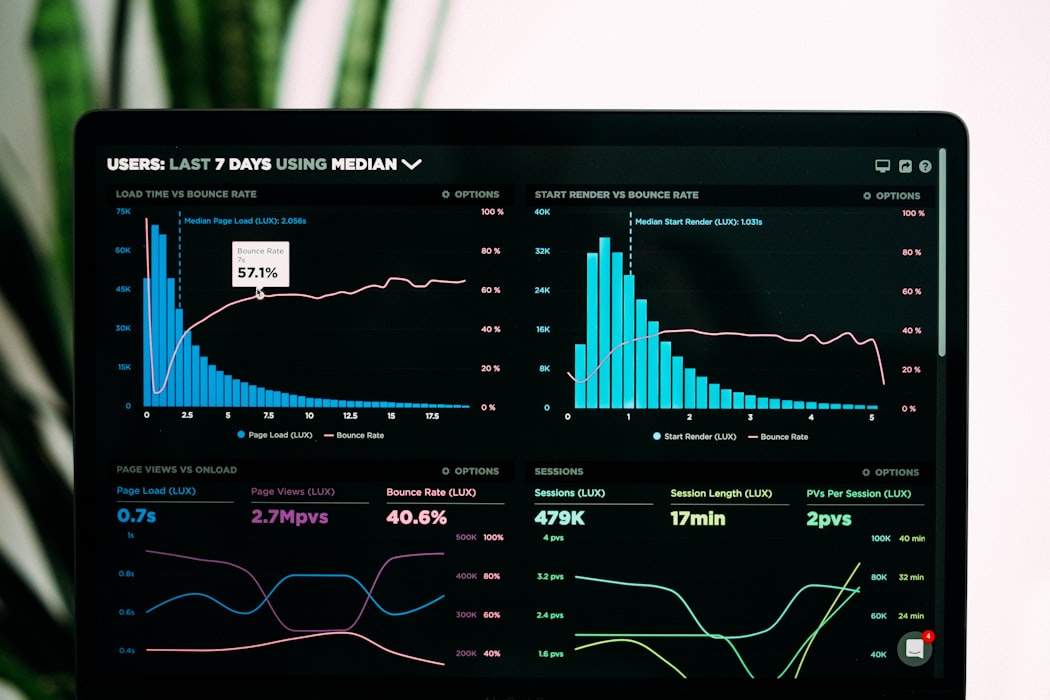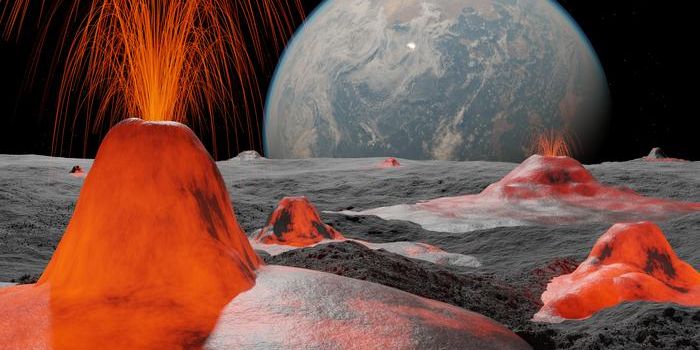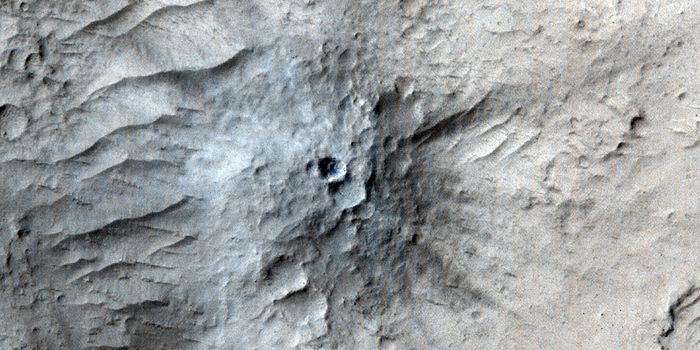Mistakes in COVID-19 Data Visualizations
The current COVID-19 pandemic that is the center of the 2020 experience has undoubtedly took social media by a storm. Every second of every day, COVID-19 information is being sharded by experts, people of the general public, and even bots. The franticness of this phenomena, whether true or misleading coronavirus information, has caught the attention of informatics researchers.
These researchers investigated the sharing of COVID-19 data visualizations and its effects on society.
"Experts have not yet begun to explore the world of casual visualizations on Twitter," said Francesco Cafaro, an assistant professor in the School of Informatics and Computing, who led the study. "Studying the new ways people are sharing information online to understand the pandemic and its effect on their lives is an important step in navigating these uncharted waters."
Learn more about social media during the COVID-19 pandemic:
The study found ‘mistakes’ in such visualizations that reduce the clarity, trustworthiness, and accuracy of such visualizations.
"The reality is that people depend upon these visualizations to make major decisions about their lives: whether or not it's safe to send their kids back to school, whether or not it's safe to take a vacation, and where to go," Cafaro said. "Given their influence, we felt it was important to understand more about them, and to identify common issues that can cause people creating or viewing them to misinterpret data, often unintentionally."
Learn more about data visualization:
"The challenge of accurately conveying information visually is not limited to information-sharing on Twitter, but we feel these communications should be considered especially carefully given the influence of social media on people's decision-making," Cafaro said. "We believe our findings can help government agencies, news media and average people better understand the types of information about which people care the most, as well as the challenges people may face while interpreting visual information related to the pandemic."
Source: Science Daily









